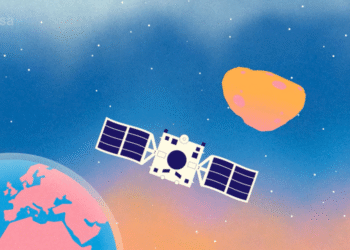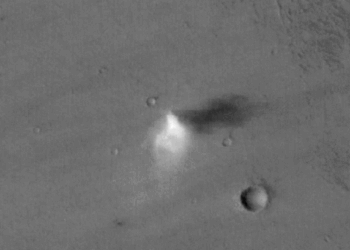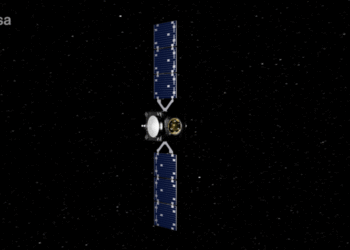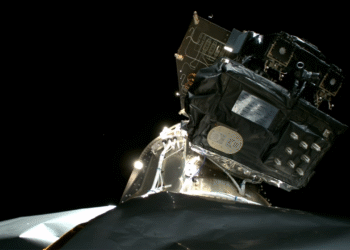The Curiosity Rover on Mars has resumed its journey after successfully recharging its batteries. The rover is embarking on a renewed mission to explore the Martian landscape, known for its challenging terrain and extreme environmental conditions.
Recently, the rover experienced a temporary halt in its activities due to a need for battery recharging. This pause allowed the rover’s systems to replenish energy and ensure optimal functionality. The successful recharge marks a significant milestone in the ongoing mission, managed by NASA’s team on Earth.
Achievements and Future Goals
The Curiosity Rover has already made several important discoveries since its landing, providing invaluable data on the Red Planet’s geological history. Moving forward, the mission continues to focus on the following key objectives:
- Analyzing soil and rock samples for signs of ancient life.
- Studying climate and environmental conditions to understand changes over time.
- Exploring new terrains to broaden our knowledge of Martian geography.
The rover’s instruments, designed for on-site analysis, play a pivotal role in these explorations. The team remains committed to maximizing the scientific return of the mission while ensuring the rover’s longevity.
Technical Challenges and Innovations
Operating on Mars presents unique challenges, including dust storms, temperature extremes, and complex communication windows with Earth. However, technological innovations have been implemented to mitigate these issues. These include:
- Advanced battery management techniques to optimize power efficiency.
- Enhanced navigation systems to aid in avoiding obstacles.
- Robust hardware components designed to withstand harsh conditions.
As Curiosity continues its mission, the scientific community eagerly anticipates the new data and insights that will emerge, contributing to our understanding of Mars and its potential to support life.
For further details, please refer to the source article.






















